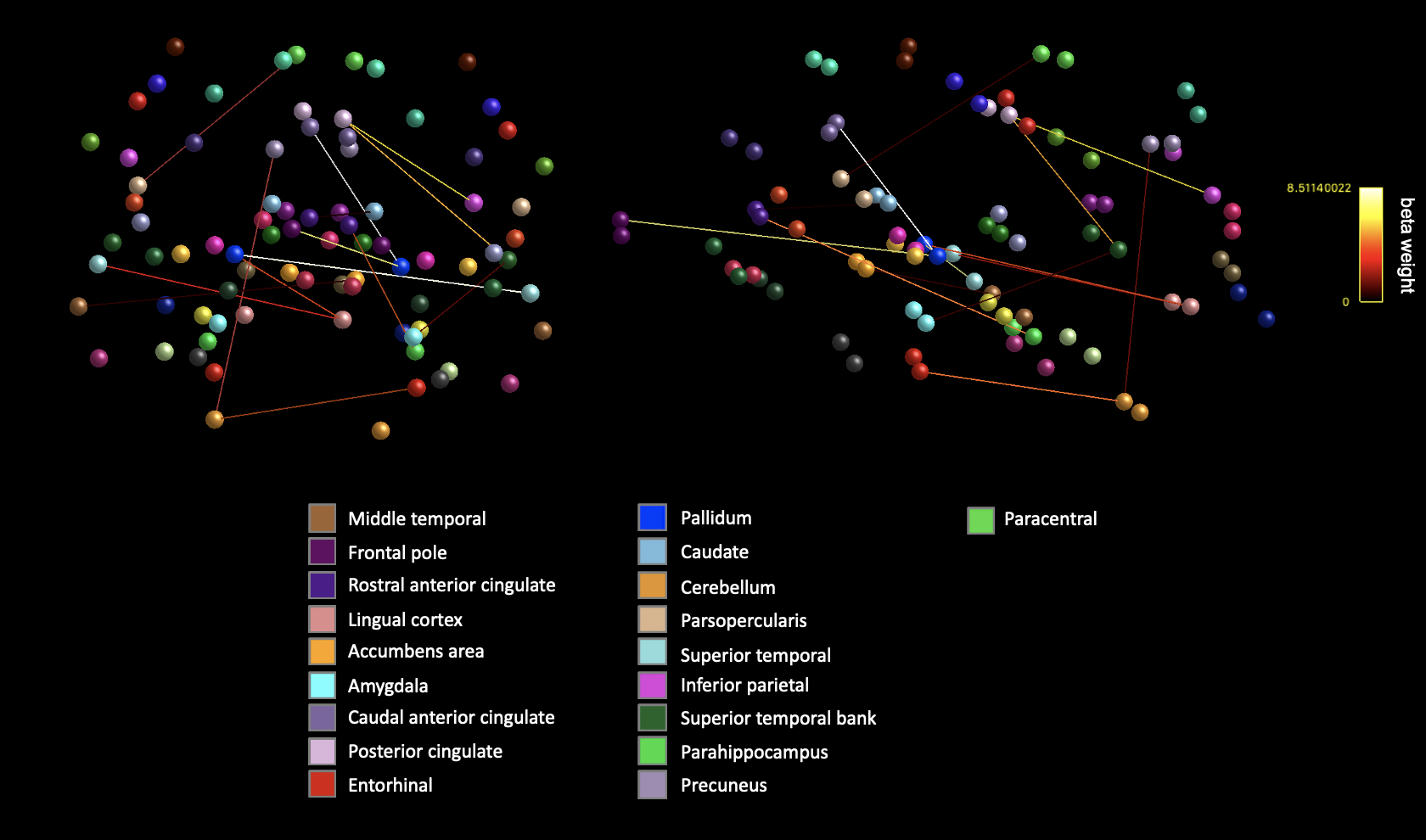Lucy Postdoc Stephanie Brown presented her work at the 2021 Society for Neuroscience Global Connectome Conference
Stephanie is a Research Associate at the Cambridge Intellectual and Developmental Disabilities Research Group, Department of Psychiatry, University of Cambridge. Her research is to focus on examining the link between Alzheimer’s Disease and Down’s Syndrome (DSAD) using multi-modal PET-MR. The aim is to establish the brain structural and functional endophenotypes which may be pertinent for DSAD pathology and future targeted treatment. Stephanie is particularly interested in sleep as a moderative risk factor for neurodegeneration in this population.
She recently presented a digital poster at SfN virtual, a brand-new, cross-cutting digital neuroscience event designed to facilitate scientific exchange across the globe and across the field, providing scientists at all career stages, of all disciplines, with opportunities to learn, collaborate, and connect.
The work titled ‘Support vector machine learning and diffusion-derived structural networks accurately predict amyloid quantity and longitudinal cognitive change in aging Down’s syndrome’ is summarised by Stephanie below:
"Down’s syndrome results from trisomy of chromosome 21, a genetic change which also confers a probable one hundred percent risk for the development of Alzheimer’s disease (AD) neuropathology in later life. We aimed to assess the effectiveness of diffusion-weighted imaging and connectomic modelling for predicting brain amyloid plaque burden and longitudinal cognitive change using support vector regression. Ninety-five participants with Down’s syndrome successfully completed a full Pittsburgh Compound B (PiB) PET-MR protocol and memory assessment at two timepoints. We show that connection density of the structural network at baseline is a promising predictor of both current amyloid deposition and longitudinal cognitive change. Additionally, our findings indicate an important role for both network dysconnectivity and compensatory mechanisms during the trajectory of AD-development in people with Down’s syndrome. Taken together, these results demonstrate the integral role of the white matter during neuropathological progression and the utility of machine learning methodology for non-invasively evaluating AD prognosis."
Stephanie also presented this work (then in progress) at the Alzheimer's Association International Conference in 2020.






